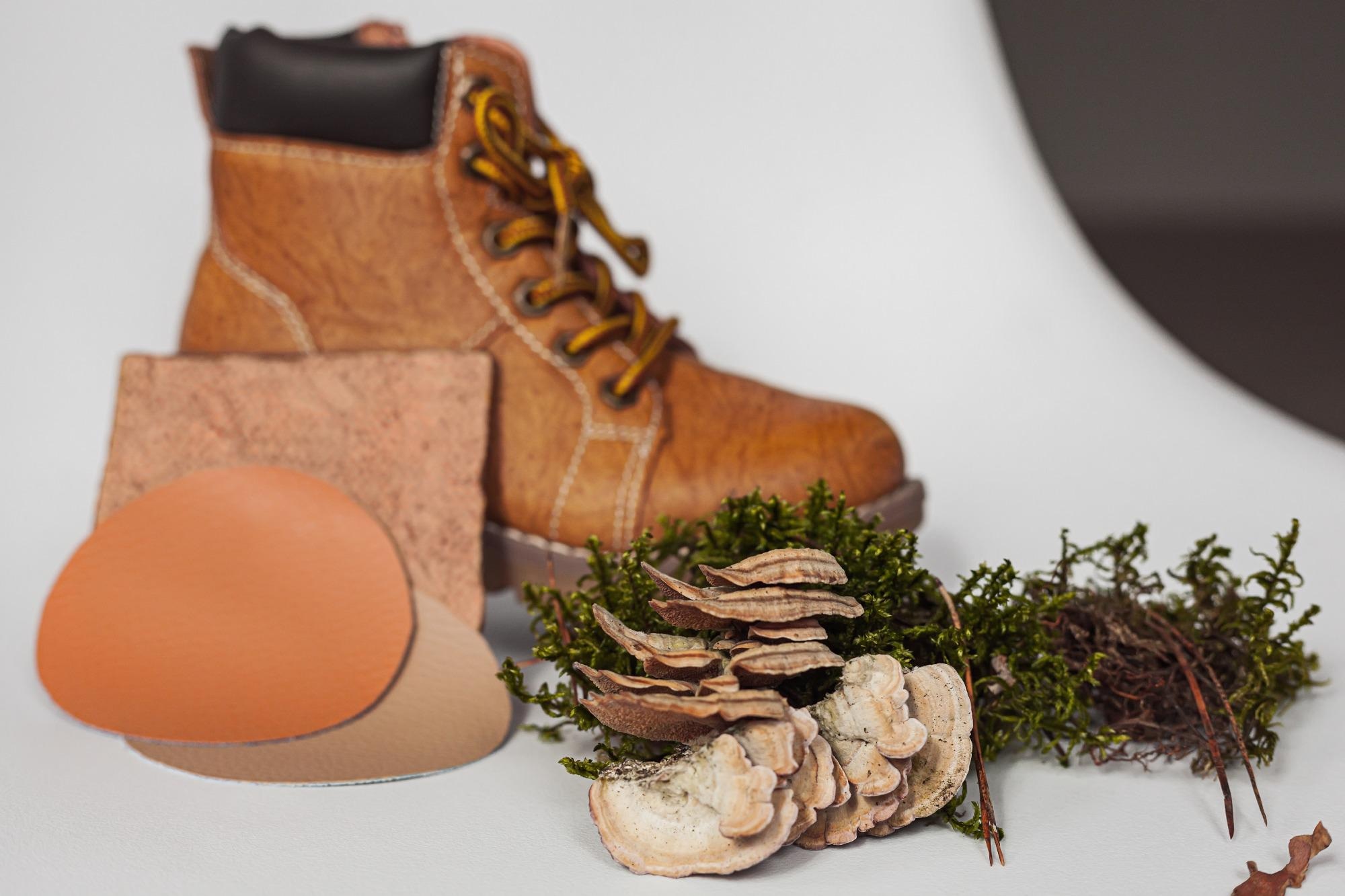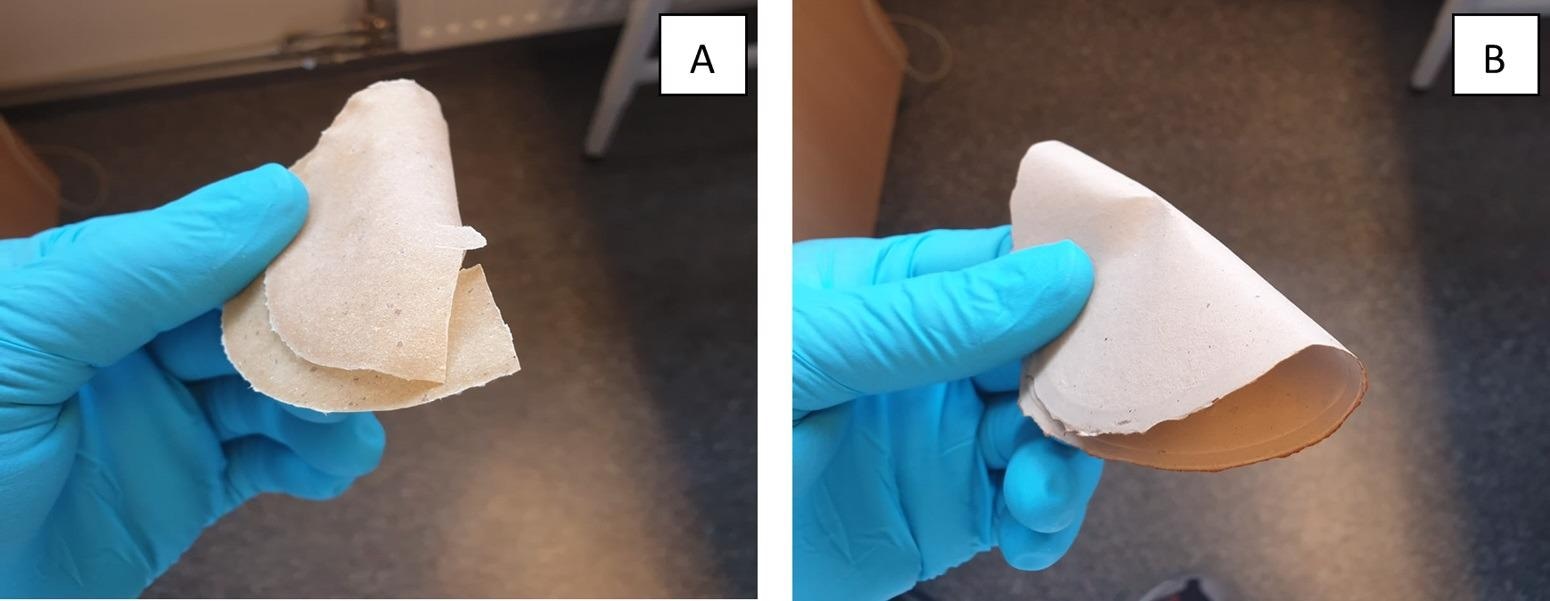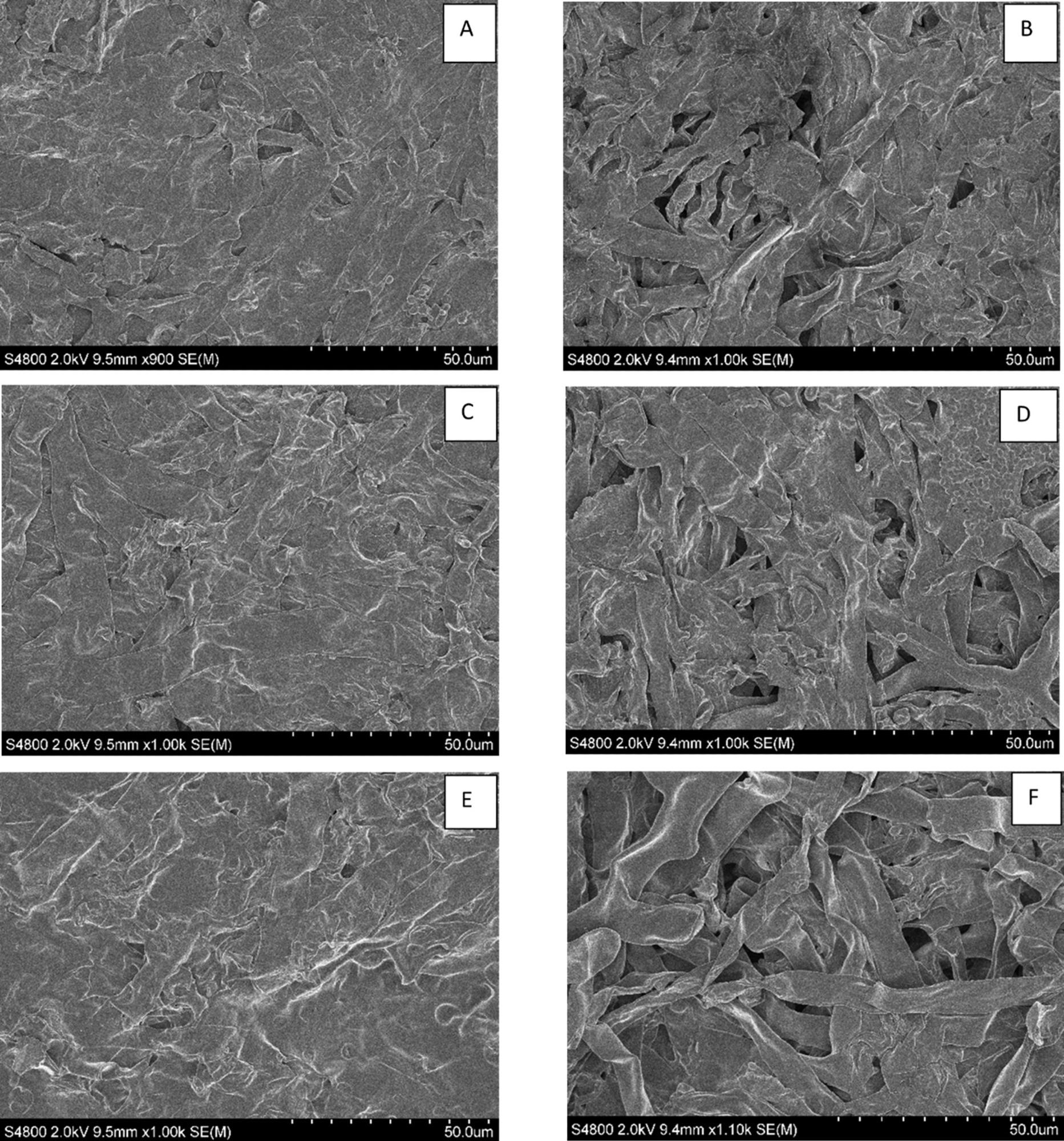Given the current focus placed on environmental issues, it may come as no surprise to read that food waste and pollution from fashion consumption are among the most prominent global issues right now. This has led researchers led by a team based in Sweden to develop a textile alternative with “leather-like” properties from fungus (mold) grown on bread waste.

Study: Fungal textile alternatives from bread waste with leather-like properties. Image Credit: perfectlab/Shutterstock.com
Published in the journal Resources, Conservation and Recycling the team detail how “bread waste-derived fungal sheets have great potential as environmentally friendly materials with leather-like properties.”
Another one of the main objectives of the study as a pursuit of alternative eco-friendly systems was to design a biobased material without using high energy-consuming processes and harmful chemicals. Given the carbon footprint of both food waste and the fashion industry, mitigating the environmental impact of alternative materials at each step of the process is of vital importance.
Fashionable Food
One-third of all food that is produced for human consumption ends up as food waste; when food is wasted all the resources that go into production and distribution are also wasted including land, water, and fuel.

A: The brittle sheet prepared with untreated fungal biomass (RD) and B: The flexible sheet made from tannin treated fungal biomass (RD-T). Image Credit: Zamani, A et al., Resources, Conservation & Recycling
Food waste in landfills also contributes to greenhouse gas emissions and generally generates around 8-10% of global emissions. Bakery waste alone makes a significant contribution to the food waste segment, accounting for 80,410 tonnes and 560,000 tonnes per year in Sweden and the UK, respectively.
“Considering the availability and quantity of bread waste, the further production of marketable bioproducts, which have the potential to replace already commercialised alternatives, leads bread waste from a waste management challenge to an environmental and economic opportunity,” says Akram Zamani, Associate Professor at the Swedish Centre for Resource Recovery, University of Borås, Sweden.
Additionally, the fashion industry has a seismic climate footprint with a heavy reliance on fossil fuels for the production of materials, and as a whole produces 10% of global carbon emissions – more than international flights and maritime shipping combined. According to the European Environment Agency, textile purchases in the EU in 2017 generated about 654 kg of CO2 emissions per person.
Leather, in particular, is one of the most widely traded goods in the fashion industry, so turning food waste into fashionable food with leather-like qualities is already an emerging trend: “Leather substitutes derived from biobased materials have progressed in several successful pathways, where some materials have already been commercialised as leather alternatives,” states Zamani.
Fungal Leather Substitutes
The demand for sustainable leather and leather alternatives is on the rise as a response to current environmental issues associated with the fashion industry. In order to cultivate a fungal leather substitute, the team applied a different approach for the fabrication of the material. Current commercially available fungal leather alternatives are derived from a foam-like structure obtained by solid-state fermentation.

SEM images of the different wet-laid sheets (A) RD, B) RD-T, C) RD-G, D) RD-TG, E) RD-GB and F) RD-TGB. Image Credit: Zamani, A et al., Resources, Conservation & Recycling
For this study, the team applied a vegetable tanning pretreatment typically associated with leather tanning processes: “To the best of our knowledge, this is the first-time vegetable tanning was researched on filamentous fungi to produce textile alternatives with leather-like properties,” explains Zamani.
After the successful fungal cultivation on the bread waste, wet-laid sheets were produced with the tannin-treated fungal biomass followed by treatment of the produced sheets with glycerol and a biobased binder.
The effectiveness of the treatments and the affirmation of leather-like properties were evaluated based on the mechanical performance and morphology of the fungal sheets. To further improve the mechanical and morphological properties of the sheets, the team subjected the materials to post-treatments including the application of a plasticizer and biobased binder.
The team applied a series of techniques including scanning electron microscopy (SEM) and nuclear magnetic resonance spectroscopy (NMR) to measure the properties of the leather-like sheets. Overall the fungal sheets demonstrated tensile strengths and elongation potential similar to that of leather.
Future Potential
All in all, this study demonstrates the potential to further develop eco-friendly, sustainable methods of fabricating leather alternatives from food waste. The mushroom leather, unlike other fake leathers, is natural and biodegradable, which means it can also be composted as opposed to ending up in a landfill.

Stress-strain curves of the fungal sheets elaborate the tuning of mechanical properties by tanning pre-treatment and glycerol and binder post-treatments. Image Credit: Zamani, A et al., Resources, Conservation & Recycling
As the researchers were able to successfully produce materials and prototypes with leather-like properties, they are showing that the future of the fashion industry and how we deal with food waste can help tackle the current climate crisis. Moreover, in the process of fungal leather production, the processes commonly applied in biotechnology, leather, and paper industries were adopted.
This will facilitate the scale-up of the process in the future and further the application potential of fungal growth from bread and other food waste: “The successful scale-up of fungal submerged cultivation on bread waste convinced the scalability of the whole process,” says Zamani.
References & Further Reading
Zamani, Akram, E.R. Kanishka B. Wijayarathna, ‘Fungal textile alternatives from bread waste with leather-like properties’ Resources, Conservation & Recycling, November 2021. https://www.sciencedirect.com/science/article/pii/S0921344921006492?via%3Dihub
United Nations Environment Programme (2021) Food Waste Index Report 2021.
‘Textiles in Europes Circular Economy’ https://www.eea.europa.eu/publications/textiles-in-europes-circular-economy/textiles-in-europe-s-circular-economy
Disclaimer: The views expressed here are those of the author expressed in their private capacity and do not necessarily represent the views of AZoM.com Limited T/A AZoNetwork the owner and operator of this website. This disclaimer forms part of the Terms and conditions of use of this website.